I’ve been thinking about writing a blog post about cropping photographs for some time now and just lately I’ve noticed more discussion out on the inter-web about cropping photos to create “better” images. So I guess this is the impetus for me to finally put pen to paper and lay out a few thoughts I have around the subject of cropping. I’m not going to say what is “right” or “wrong” in this discussion, though I will express my thoughts and some of my reasoning as to why I feel the way I do. I’ll let you make up your own mind and where your own limits are around cropping.
Cropping images has been around for almost as long as photography has. It’s always been a “thing” but only recently with the invention of high megapixel digital cameras has it become a 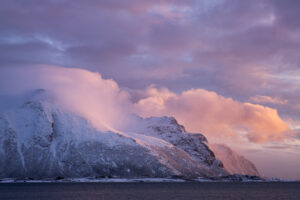 bit more of a contentious topic. Well, contentious to some folks and to others it’s no big deal. The rub with all of this is that with the high megapixel cameras, it’s now possible to crop away most of a captured image, retaining just a small portion of it and still be able to produce a great image with high enough resolution for printing. The presence of a TON of information in each captured image file means that we as photographers have so much data to work with that we don’t need to value each and every pixel like we used to back in the day when digital cameras first came around.
bit more of a contentious topic. Well, contentious to some folks and to others it’s no big deal. The rub with all of this is that with the high megapixel cameras, it’s now possible to crop away most of a captured image, retaining just a small portion of it and still be able to produce a great image with high enough resolution for printing. The presence of a TON of information in each captured image file means that we as photographers have so much data to work with that we don’t need to value each and every pixel like we used to back in the day when digital cameras first came around.
What this means is that we see a lot of folks cropping away 30%, 40% or more of the original image to arrive at the final finished shot. At it’s extreme, I’ve seen videos from established photographers who slap on a wide angle lens, take one image of the entire scene, then return home and crop in to 4-5 different photographs in that one capture. They are making the choice to do the composition in front of a computer instead of the field. At first I thought these folks were joking but no, they are completely serious in how they capture and crop for compositions.
Not to be too blunt, but in my eyes, this just seems lazy and not really practicing the art and craft of photography. In my opinion, part of the art and craft of photography is getting it right as much as possible in camera, including the composition in the field during the time of capture. Using the “right” lens and focal length for the subject I’m photographing and the story I want to tell is part of the artistic process. Maybe a poor analogy, but imagine a painter using the wrong paint when they create their masterpiece and saying “I’ll just fix it after the paint dries”. Nope. Most artists are practiced in using the right tools for the job at the time of creation, not after the fact. In photography though, people can and do argue that the “creation process” extends from initial capture through the digital darkroom until output and everything in between is part of the creation process. They are not wrong. Every step from before capture to final output is part of the creation and presentation of photography. So by that definition, cropping post-capture is part of the “image creation” and I should be able to do whatever I want without artificial constraints. Check. Gotcha. I get it. But I see myself as a “photographer” not a “digital artist” or “computer content creator” so I put more emphasis on my skills with a camera, not a computer.
But I’m a little bit more old school in how I see the image capture to completion cycle and I do view photography as an art, and me an artist, so my views on cropping are a bit more traditional in favor of promoting more diligence and rigor in the actual capture of the image in the field with less “fix it in post” mentality than many. I am not opposed to cropping images, in fact I often find I need to do it. But there is a limit to what is acceptable to me and my standards in how much I will allow myself to crop an image. I was mentored in the photographic arts by someone who believed very much in “getting it right in camera” as much as possible. This is where some of the mastery of the art lies, in the initial capture. Correct exposures, good techniques, and pretty darn close to the final composition as possible with very little cropping. This is what I was taught and it has stuck with me as self-imposed guardrails through the explosion of digital photography and the immense capability this technology has.
So what do I define as “very little” cropping in an image? Well, roughly speaking, making small cropping adjustments to remove some element along the edge or straighten the horizon line, or just tighten up the composition, these are the things that I find acceptable for myself. A general rule of thumb for me is no more than 10-15% of an image should be cropped away. If I find that I have to crop more than that to create an acceptable photograph, I feel that I failed in the field to practice my craft in a way that produced good results. I did not “see” nor “capture” the final composition as good as possible in the field. Call it a personal challenge, or a Maginot line, that I try very hard not to cross.
There are a few occasions that I find it necessary to crop more than my limit and in those cases, I’m up front about it with myself, knowing I’ll have to crop it in post and be OK with it.
Technical Limitations
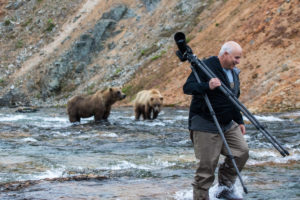 There may be times when I simply don’t have enough reach with any of my lenses to fill the frame with my chosen subject, so in these times, I may need to crop the image to come to my final image. Sometimes we just don’t have gear to accomplish what it is we’d like to do. As long as I know this when I’m taking the photograph, then I’m fine with a little more cropping in post. However, I do not use this excuse for justifying laziness in the field and not changing lenses to get the right focal length for the subject/composition. Too often I see people leave on wide angle lenses and say “I’ll just crop it when I get home” instead of taking the time to switch out their lens for one more appropriate for the shot. Do not be lazy! Do everything in your power in the field to get the shot as right as possible in camera.
There may be times when I simply don’t have enough reach with any of my lenses to fill the frame with my chosen subject, so in these times, I may need to crop the image to come to my final image. Sometimes we just don’t have gear to accomplish what it is we’d like to do. As long as I know this when I’m taking the photograph, then I’m fine with a little more cropping in post. However, I do not use this excuse for justifying laziness in the field and not changing lenses to get the right focal length for the subject/composition. Too often I see people leave on wide angle lenses and say “I’ll just crop it when I get home” instead of taking the time to switch out their lens for one more appropriate for the shot. Do not be lazy! Do everything in your power in the field to get the shot as right as possible in camera.
Physical Limitations
There may also be times that I just physically cannot get to the “right” spot to shoot the ideal composition. There may be something blocking me such as a fence or a river, or maybe just the physical distances are too much to hike to get in the ideal location for one shot. In these cases, I will recognize the physical limitations in the field and compose the shot knowing that I will crop the photo later. Sometimes things just get in our way and prevent us from the perfect shot and that’s just the way life goes.
Compositional Considerations
I may find a subject in the field that I want to photograph and I may feel that a 1×1 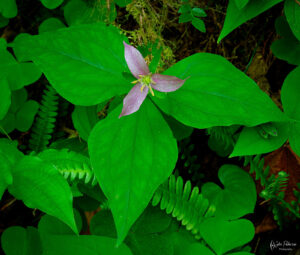 square crop would be the best aspect ratio to present the subject in the final image. In some of our modern cameras we can change the aspect ratio in camera to produce the desired outcome in the image file. This is a wonderful compositional tool as it allows you to “see” the aspect ratio during the time you’re composing the shot and thereby fine tune your composition before capture. For me, I have learned to “see” in 1×1 (or 16×9) and can frame up and compose a shot in an aspect ratio and then crop the image when I get home in front of the computer. Since my original intent at the time of capture for the image was a square or pano, I am OK with cropping more than my allotted 10-15% of the image file.
square crop would be the best aspect ratio to present the subject in the final image. In some of our modern cameras we can change the aspect ratio in camera to produce the desired outcome in the image file. This is a wonderful compositional tool as it allows you to “see” the aspect ratio during the time you’re composing the shot and thereby fine tune your composition before capture. For me, I have learned to “see” in 1×1 (or 16×9) and can frame up and compose a shot in an aspect ratio and then crop the image when I get home in front of the computer. Since my original intent at the time of capture for the image was a square or pano, I am OK with cropping more than my allotted 10-15% of the image file.
Panoramas
If you are dedicated panorama shooter, you probably have all the rails and nodal slides and other tools to create amazing multi-image panoramas and when stitched together, don’t require a lot of cropping. But for those of us who only occasionally shoot panoramas and may not fine tune the tripod/ball head settings to be absolutely perfect, you may end up having to crop a bit more of the image once everything is stitched together. It’s actually because of this fact that when I shoot panos, I purposefully shoot wider than I want because I know I’m going to lose some pixels in the stitching process because my camera may be slightly off level. Again, I’m OK with cropping more than 10% in this kind of scenario because I know at the time of capture that the image won’t be “perfect”.
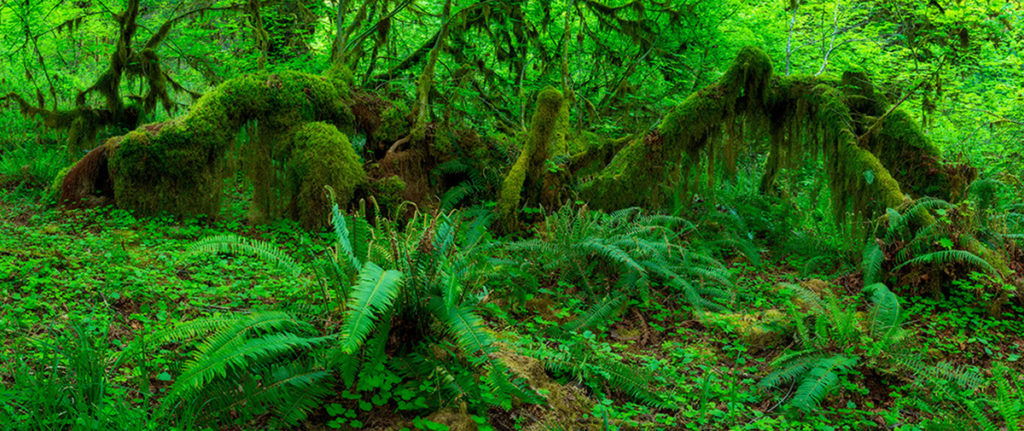
So, there ya have it. As a general rule of thumb, I have set guardrails for myself where I try not to crop more than 10-15% of an image in post processing and if I feel I have to, I consider it a bit of a failure that I didn’t get it right in camera. There are times too when I loosen my self-imposed guidelines when I am in the field and know I will need to crop heavily to get to my final image. These are my own guidelines, not what is “right” or “wrong” for anyone else. I’m a firm believer in the art and craft of composition and capture, along with post-processing, but really work to get the images as right as possible in camera.
We as photographers have an incredible amount of technical and creative latitude at our disposal today. The high megapixel image files give us tons of freedom to manipulate the file and the creative landscape is such that everyone is generally free to fulfill their artistic desire in any way they want. It’s an incredibly powerful time to be a photographer! With all that freedom also comes the possibility to run off the rails, to lose focus on skill and knowledge and just “wing it”. With this increased capability, in my humble opinion, there is less reliance on the human to excel as we have a technological safety net and can “fix it in post”. It’s up to each of us to keep the craft alive and strive to be the best we can be without using technology as a crutch for lazy field practices. 🙂
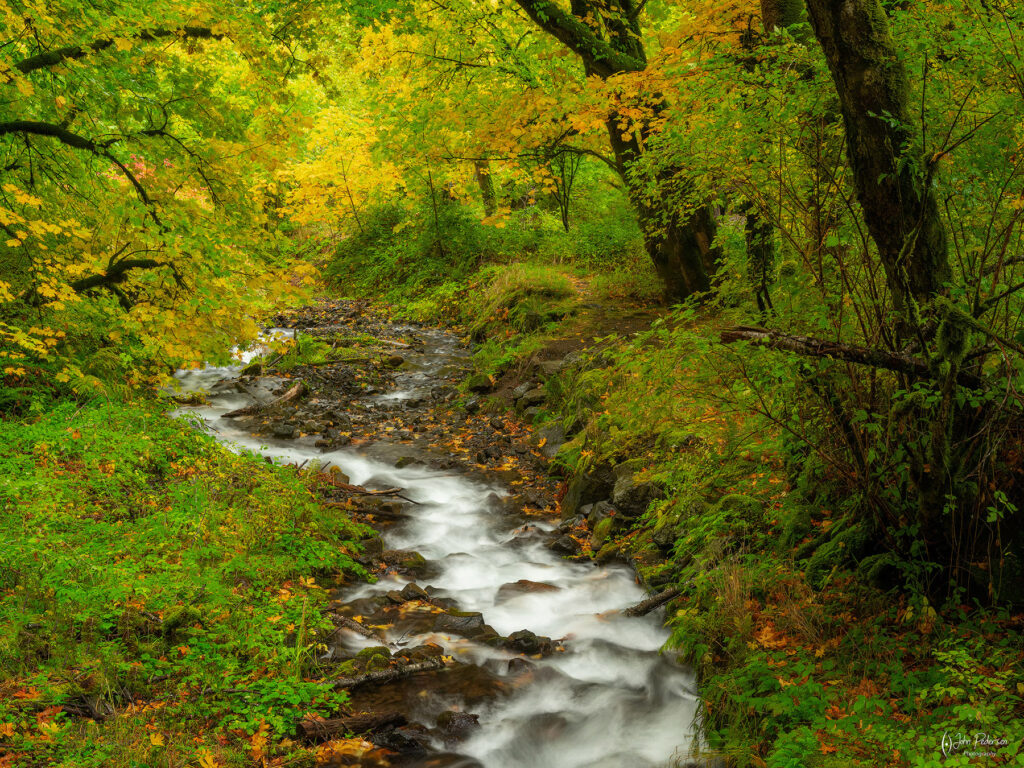

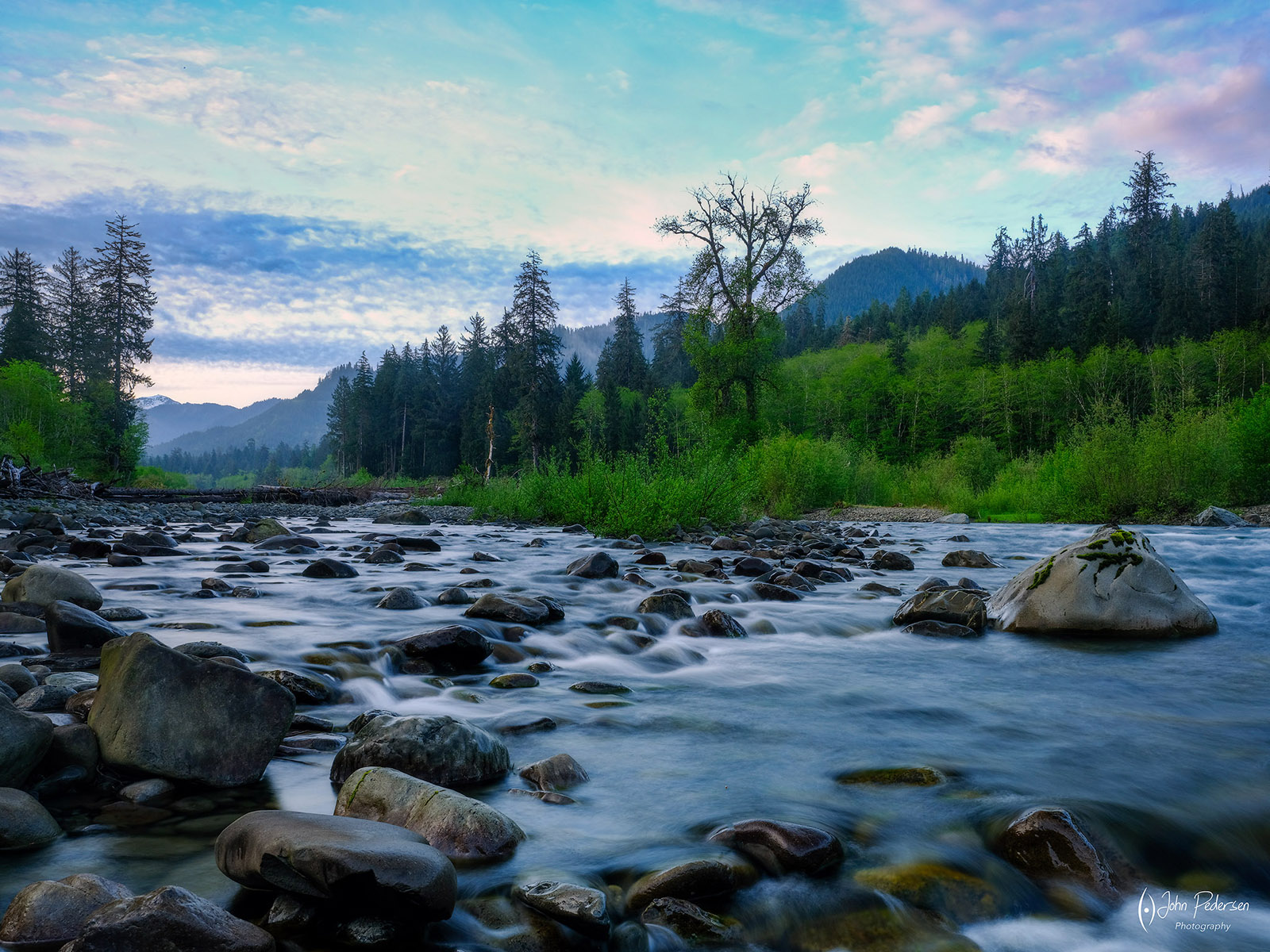
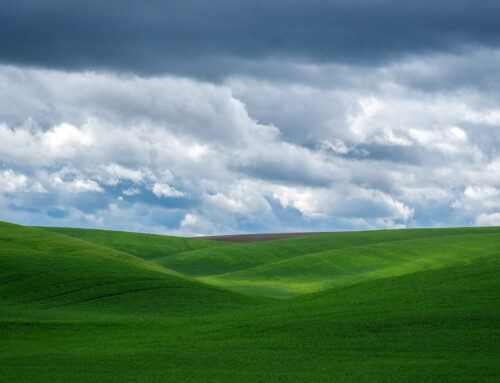
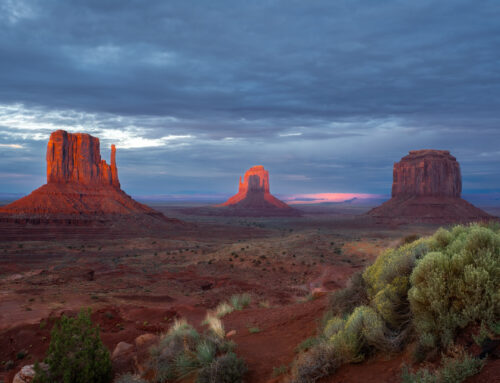
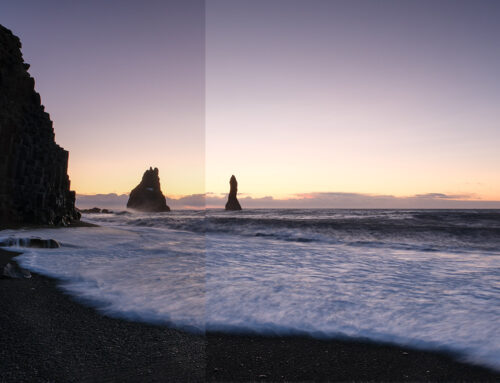
Leave A Comment